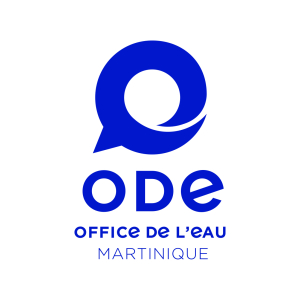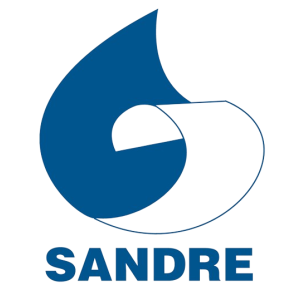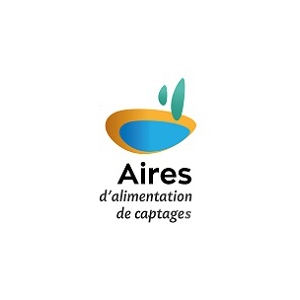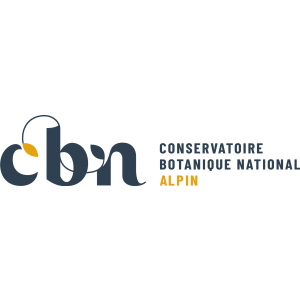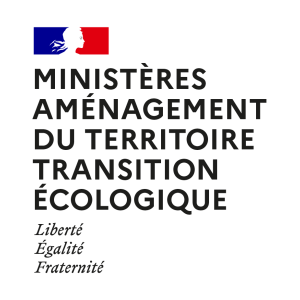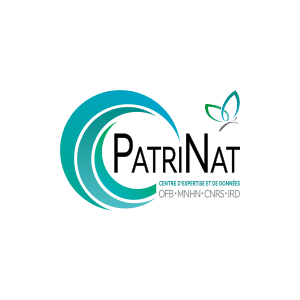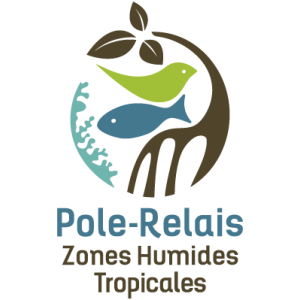
Document généré le 06/12/2025 depuis l'adresse: https://www.documentation.eauetbiodiversite.fr/fr/notice/effect-of-a-size-selective-biomanipulation-on-nutrient-release-by-gizzard-shad-in-florida-usa-lakes
Effect of a size-selective biomanipulation on nutrient release by gizzard shad in Florida (USA) lakes
Titre alternatif
Producteur
Contributeur(s)
EDP Sciences
Identifiant documentaire
11-dkey/10.1051/kmae/2013082
Identifiant OAI
oai:edpsciences.org:dkey/10.1051/kmae/2013082
Auteur(s):
M.H. Schaus,W.F. Godwin,L.E. Battoe,M.F. Coveney,E.F. Lowe,R. Roth,W.W. Morris,C. Hawkins
Mots clés
Dorosoma cepedianum
biomanipulation
size-structure
nutrient excretion
Dorosoma cepedianum
biomanipulation
structure en taille
excrétion d’éléments nutritifs
Date de publication
07/11/2013
Date de création
Date de modification
Date d'acceptation du document
Date de dépôt légal
Langue
en
Thème
Type de ressource
Source
https://doi.org/10.1051/kmae/2013082
Droits de réutilisation
Région
Département
Commune
Description
Although fish removal for biomanipulation is often highly size-selective, our understanding of the nutrient cycling effects of this size-selection is poor. To better understand these effects, we measured nutrient excretion by gizzard shad (Dorosoma cepedianum) of differing sizes from four central Florida (USA) lakes and combined these measures with gillnet biomass and size-structure data to compare lake-wide effects among lakes and years. Direct removal of P in fish tissue ranged from 0.16−1.00 kg·P·ha-1·yr-1. The estimated reduction in P excretion due to harvest ranged from 30.8−202.5 g·P·ha-1·month-1, with effects strongly tied to the biomass and size structure harvested. The amount of P release prevented per kg of fish removed was lower in previously unharvested lakes, due to the initial removal of larger fish with lower mass-specific excretion rates. Gill net mesh size impacted the size distribution of harvested fish, with smaller fish that excrete more P per gram being more vulnerable to smaller mesh sizes. In Lake Apopka, decreasing the mesh size by 1.3 cm yielded P excretion reductions that were 10.7−15.1% larger. Fish harvesting to reduce internal nutrient cycling can be most effective by increasing total harvest and by harvesting smaller size classes over multiple years.
Accès aux documents
0
Consultations
0
Téléchargements



